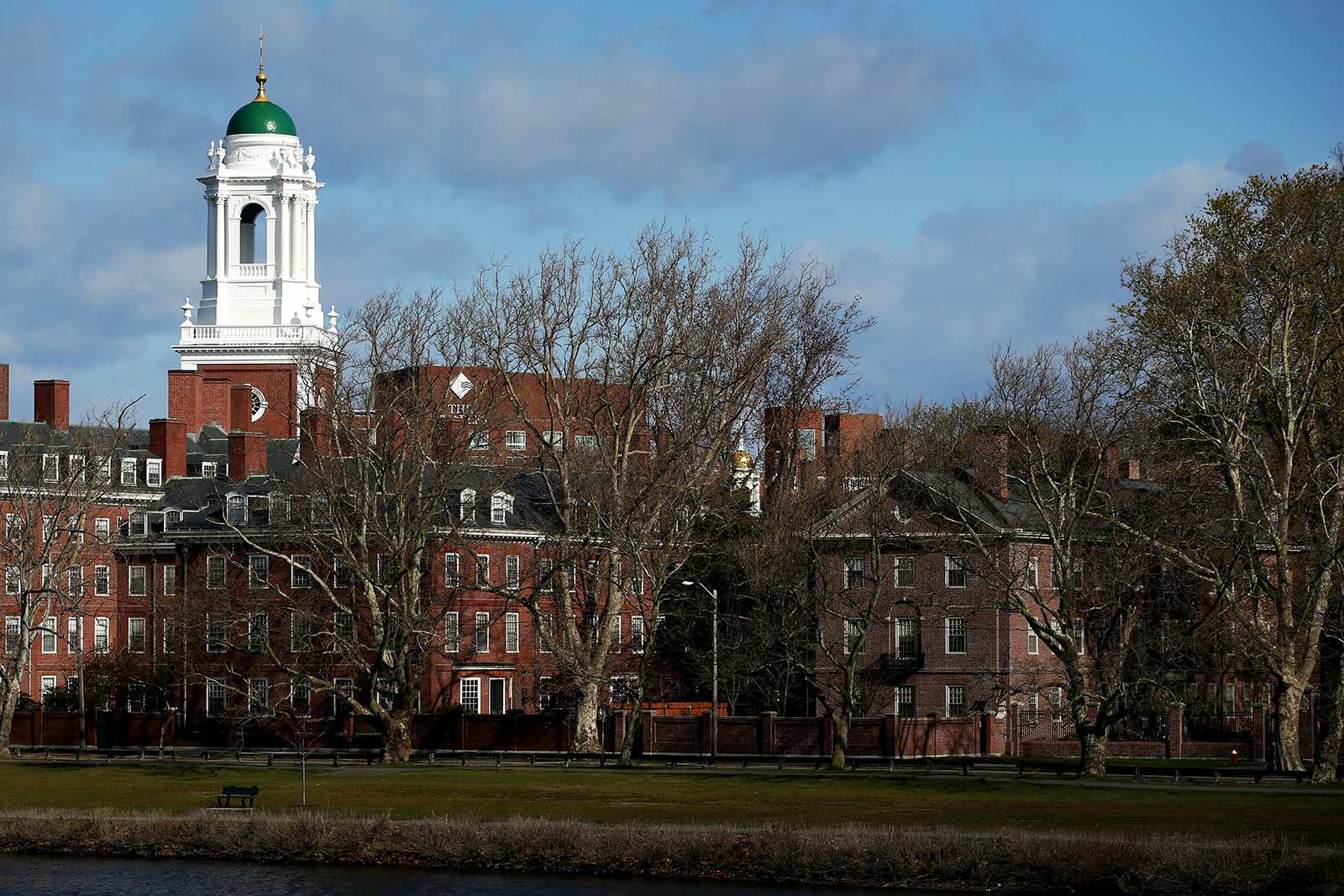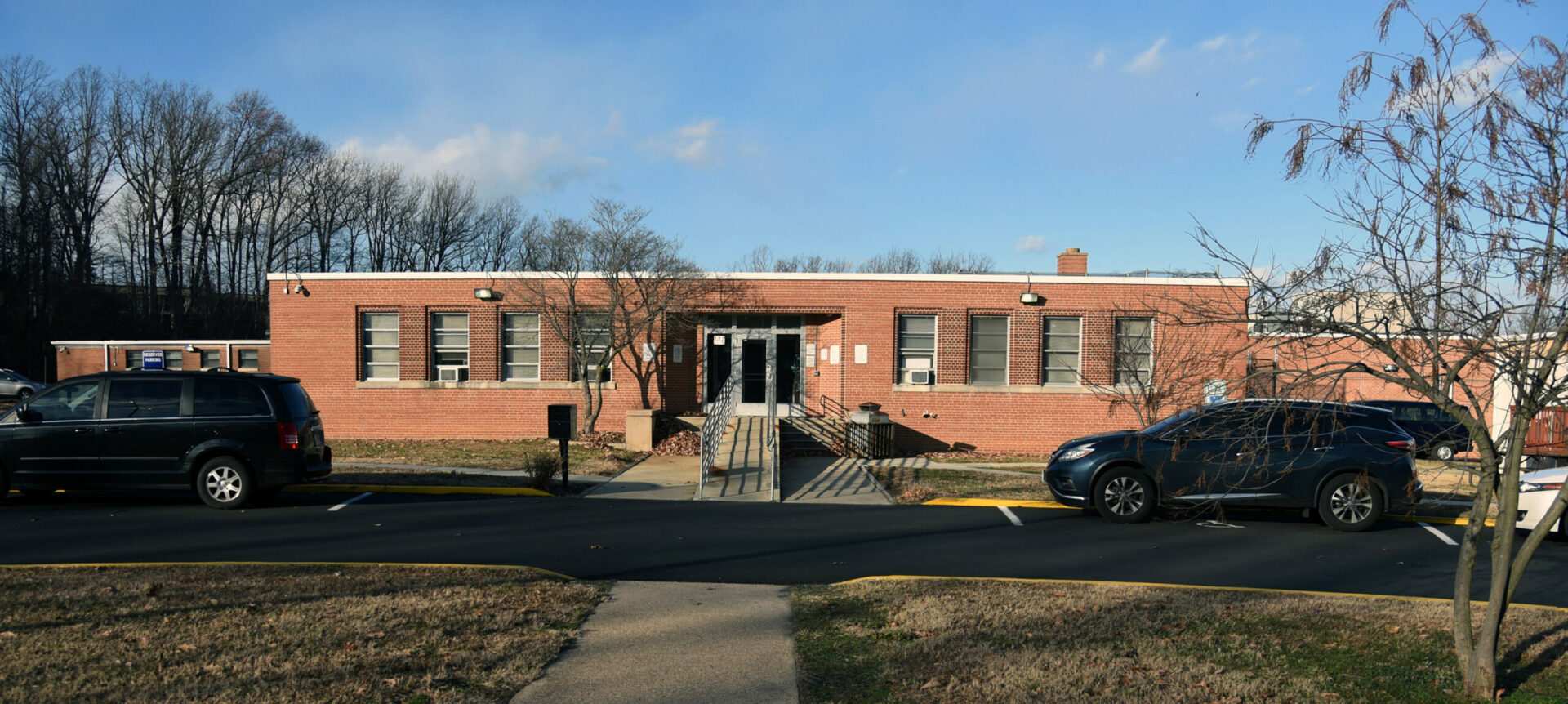
California may require homeowners to replace their broken air conditioning units with heat pumps or more efficient HVAC systems beginning in 2026, draft rules released last month by state energy regulators show.
Encouraging the adoption of heat pumps, which both cool and heat homes using electricity, is key to the state’s carbon neutrality goals. The California Energy Commission aims to quadruple the number of homes with heat pumps to 6 million by 2030.
If the 600-page draft code is approved next year, California would be the first state to require broken A/C units be replaced with heat pumps or more efficient systems. Environmental groups are encouraged, saying the regulation would cut emissions and save homeowners money.
“This is a very important step,” said Merrian Borgeson, director of California climate and clean energy at Natural Resources Defense Council. “The CEC knows that it doesn’t make sense anymore to install only A/C. This gets heat pumps out en masse and gives people the option to turn off their gas furnace, or just get off it entirely.”
Heat pumps are nearly identical to central air conditioners but use a reversing valve to provide both cooling and heating. Because they run on electricity and eliminate the need for gas furnaces, climate experts say they are the most cost and energy efficient way to cut emissions.
The draft regulation doesn’t outright ban traditional air conditioning units or require homeowners to remove their gas furnaces when a unit breaks. Instead, they require a contractor to either install a heat pump or make additional efficiency improvements to the A/C unit spelled out in the regulation.
Californians would face some higher costs under this rule. Installing a new heat pump costs $5,500 on average, according to an industry estimate.
While that’s comparable to the average cost of a new traditional air conditioning system — $5,907, according to home repair website Angi — a heat pump is more expensive than repairing a broken air conditioning unit.
That said, a range of government subsidies could help. Under the federal 2022 Inflation Reduction Act, heat pumps are eligible for a federal tax credit of $2,000 and rebates for home greening can reach as high as $8,000.
Local utilities also offer rebates for heat pumps across the state, including the Sacramento Municipal Utility District, which gives homeowners up to $3,500 for installation by a qualifying contractor.
The stakes are high. Roughly 25% of all California’s carbon emissions come from buildings, whether from dirty electricity used to power them or leaks from natural gas appliances like stoves, furnaces and water heaters.
It’s a hefty portion, yet the state has done relatively little to address building pollution when compared to the transportation and electricity generation sectors.
Meanwhile, climate change is driving hotter and more frequent heat waves. That’s causing a surge in demand for home cooling, particularly in California where a nearly a quarter of homes lack A/C.
The average home in the state that uses heat pumps with clean electricity for both cooling and heating will cut its carbon pollution by more than half over 15 years compared burning natural gas, according to Sierra Club analysis.
Appliance manufacturers are already raising concerns about the draft rules. The Air-Conditioning, Heating and Refrigeration Institute, an industry trade group, called the CEC draft rules “insufficient,” with “little to no published technical support to justify these changes.”
But because the Energy Commission draft rules are not a mandate, the regulation is also expected to avoid legal challenges.
That’s after dozens of local California bans on gas hookups in new building construction were thrown into legal limbo this year when a federal court overturned the City of Berkeley’s first-in-the-nation ban.
“The energy commission is always very smart and cutting edge in how they promote electrification while still complying with the letter of the law,” said Jonny Kocher, building regulations manager at Rocky Mountain Institute, a consulting group. “They’re pushing the boundaries by saying, ‘You can still get a minimum gas efficient appliance but we’re going to make it really hard.’”
Additional building decarbonization regulations could be coming.
As part of its sweeping 2022 plan to decarbonize California and help stave off the worst impacts of climate change, the Air Resources Board called for zero-emission building for all new residential construction in 2026 and commercial construction in 2029.
Now the Air Board is hoping to implement that target through a process the state has used to bring efficiency into the state building code since the 1970s, called CALGreen. The Building Standards Commission is scheduled to update the building code next year.
The agency encouraged CALGreen to adopt a 2026 zero-emissions standard for new residential construction last month. And The Rocky Mountain Institute proposed similar standards related to indoor air pollution for both residential and commercial buildings.
CALGreen has not yet responded to the recommendations or petitions, but will be holding public workshops on amendments to the building code through Spring 2024.
The Energy Commission’s draft energy code is open for public comment and expected to receive a final vote in Summer 2024.
___
© 2023 The Sacramento Bee
Distributed by Tribune Content Agency, LLC







